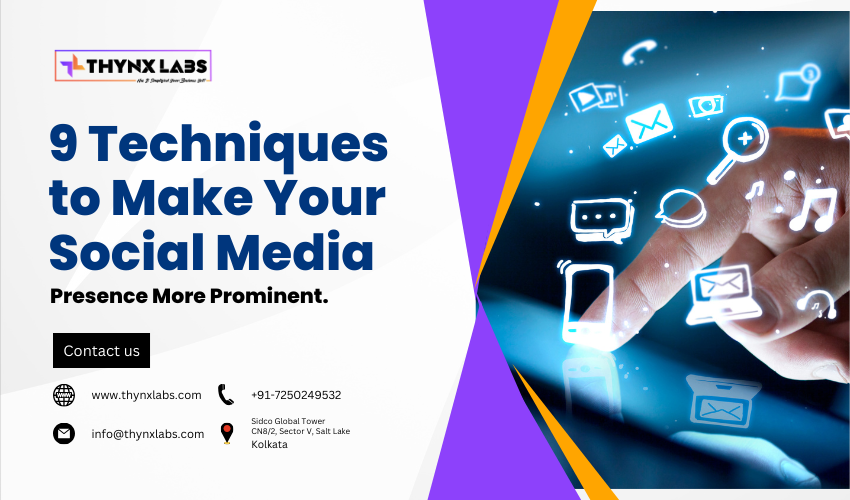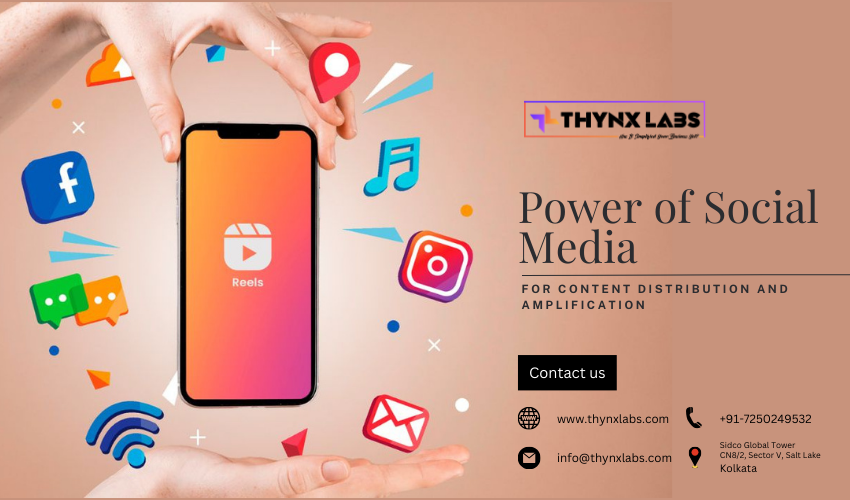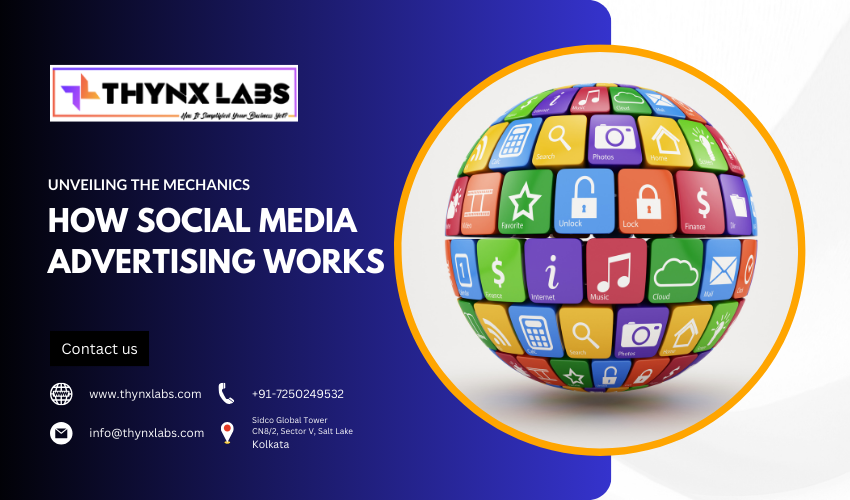How Does Pay Per Click Work in Social Media?
Pay Per Click (PPC) advertising is a powerful digital marketing strategy that allows businesses to reach their target audience directly and efficiently. When it comes to social media platforms, PPC campaigns provide businesses with a unique opportunity to connect with users on a granular level. Here's how Pay Per Click works in social media and why it's an essential component of any comprehensive digital marketing plan:
Understanding Pay Per Click Advertising
A. Definition
- Cost Per Click (CPC): Businesses pay a predetermined amount every time a user clicks on their ad.
- Auction-Based System: Social media platforms, such as Facebook and Instagram, operate on an auction-based system where advertisers bid for ad placement in users' feeds.
Selecting Target Audience
A. Audience Segmentation
- Demographics: Advertisers can target specific demographics, including age, gender, location, and interests, ensuring their ads reach the most relevant audience.
- Custom Audiences: Businesses can create custom audiences based on their website visitors, app users, or existing customer databases, allowing for highly targeted campaigns.
Creating Compelling Advertisements
A. Visual Appeal
- Eye-Catching Graphics: Engaging visuals and videos capture users' attention, increasing the likelihood of clicks.
- Clear Call-to-Action (CTA): Ads should include a clear CTA, guiding users on what action to take, such as making a purchase, signing up, or visiting a website.
Setting Budgets and Bids
A. Budget Management
- Daily or Lifetime Budget: Advertisers can set a daily or lifetime budget, controlling the total amount spent on the campaign.
- Bid Strategy: Choosing between automatic or manual bidding strategies, businesses can optimize their bids based on specific goals, such as clicks, impressions, or conversions.
Monitoring and Optimization
A. Analyzing Performance
- Key Metrics: Advertisers monitor metrics like Click-Through Rate (CTR), Conversion Rate, and Return on Ad Spend (ROAS) to assess campaign effectiveness.
- A/B Testing: Businesses conduct A/B tests to compare different ad elements, such as headlines, images, or CTAs, optimizing campaigns for better results.
Benefits of Social Media PPC
A. Targeted Reach
- Precision Targeting: Advertisers can target niche audiences, ensuring that their ads are seen by the most relevant users, increasing the likelihood of conversions.
- Measurable Results: PPC campaigns provide detailed analytics, allowing businesses to measure their ROI accurately and make data-driven decisions.
Conclusion
In conclusion, Pay Per Click advertising on social media platforms empowers businesses to connect with their target audience in a highly targeted and cost-effective manner. By understanding the auction-based system, selecting the right audience, creating compelling ads, setting budgets and bids strategically, and continuously monitoring and optimizing campaigns, businesses can harness the full potential of social media PPC. With its precision targeting and measurable results, social media PPC remains a vital tool for businesses looking to increase brand visibility, drive traffic, and boost conversions in the competitive digital landscape.
FAQs
1. How is Pay Per Click different from organic social media marketing?
Pay Per Click (PPC) involves paying a fee every time a user clicks on an ad, ensuring immediate visibility to a targeted audience. Organic social media marketing, on the other hand, relies on unpaid strategies, focusing on building a brand's presence through engaging content and community interactions.
2. Which social media platforms support Pay Per Click advertising?
Several social media platforms support PPC advertising, including Facebook, Instagram, Twitter, LinkedIn, and Pinterest. Each platform offers unique targeting options, allowing businesses to tailor their campaigns to specific audience segments.
3. How can businesses optimize their PPC campaigns for better results?
Businesses can optimize their PPC campaigns by conducting thorough keyword research, creating compelling ad copy and visuals, targeting the right audience, setting realistic budgets, and continuously analyzing performance data. A/B testing different ad elements and refining strategies based on results can significantly improve campaign effectiveness.
4. What metrics should businesses monitor to assess PPC campaign performance?
Businesses should monitor key metrics such as Click-Through Rate (CTR), Conversion Rate, Return on Ad Spend (ROAS), and Cost Per Conversion. These metrics provide valuable insights into the effectiveness of the campaign, helping businesses make informed decisions to optimize their PPC strategies.
5. Is social media PPC suitable for small businesses with limited budgets?
Yes, social media PPC can be suitable for small businesses with limited budgets. Platforms offer flexible budgeting options, allowing businesses to set daily or lifetime budgets based on their financial constraints. Additionally, precise audience targeting ensures that the budget is utilized effectively, reaching the most relevant potential customers.


